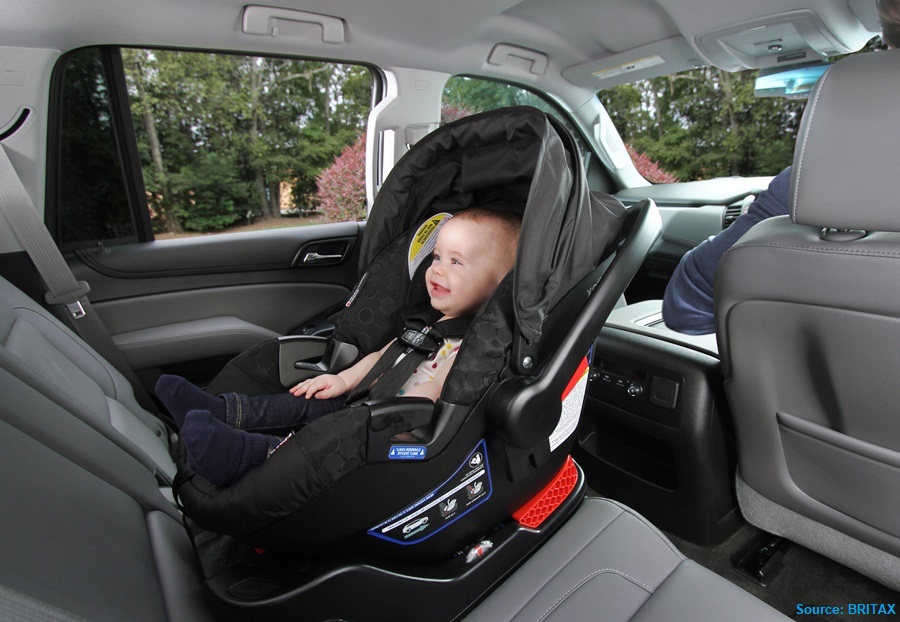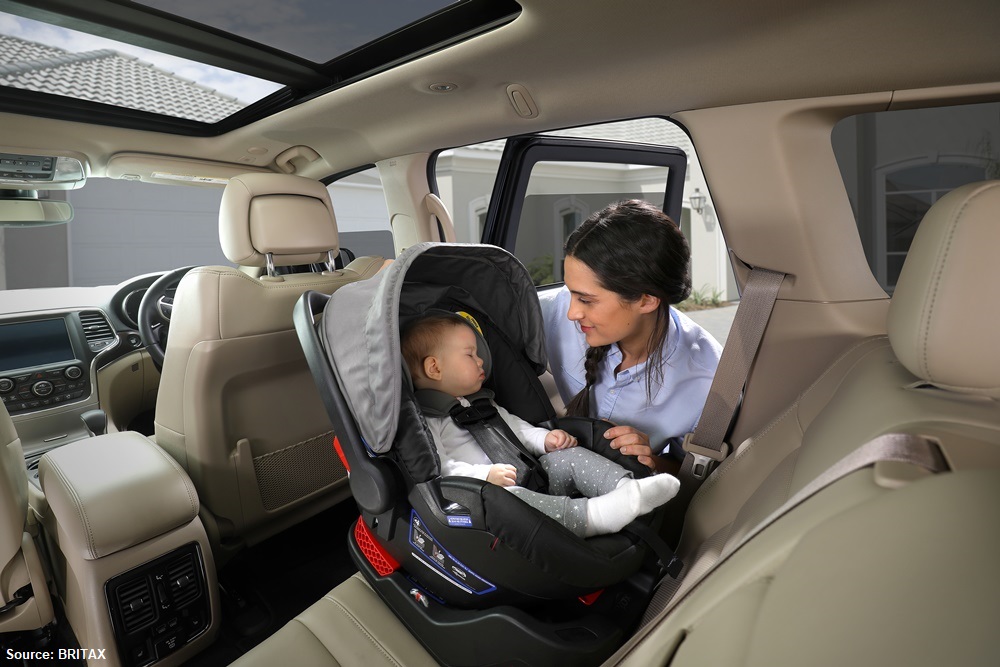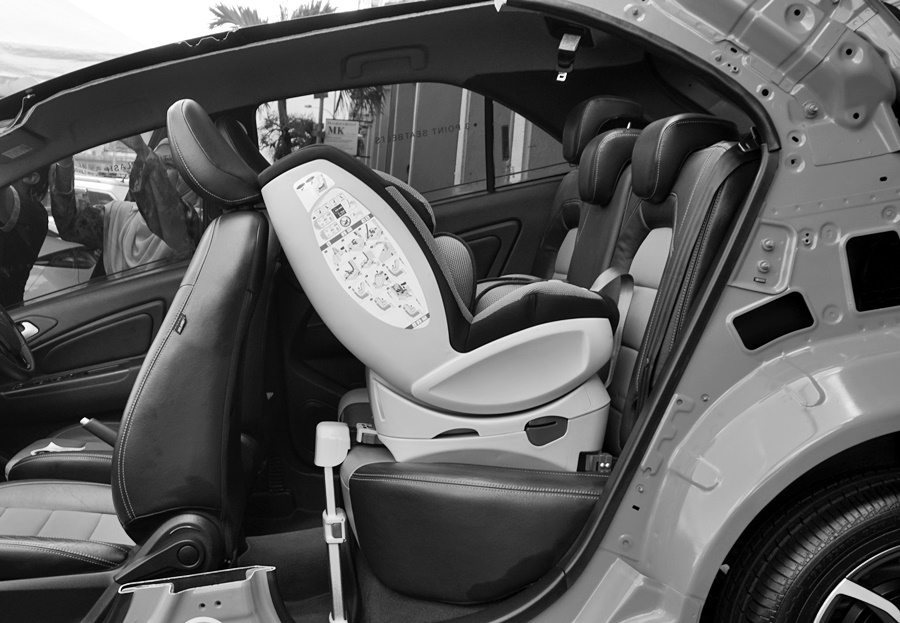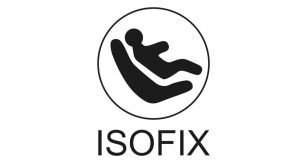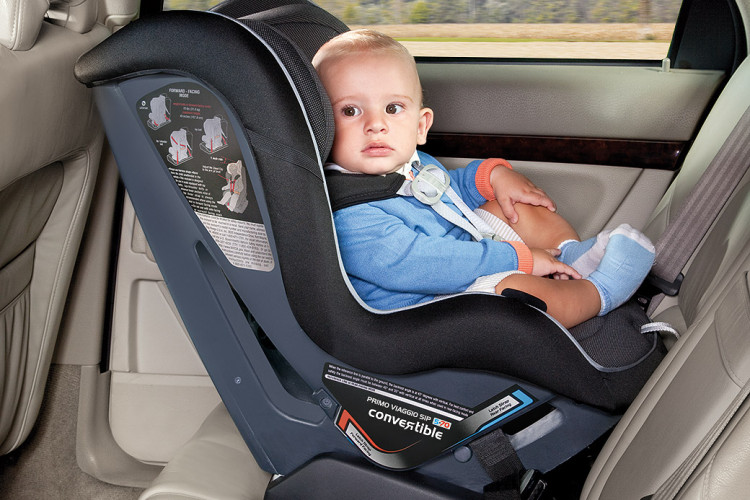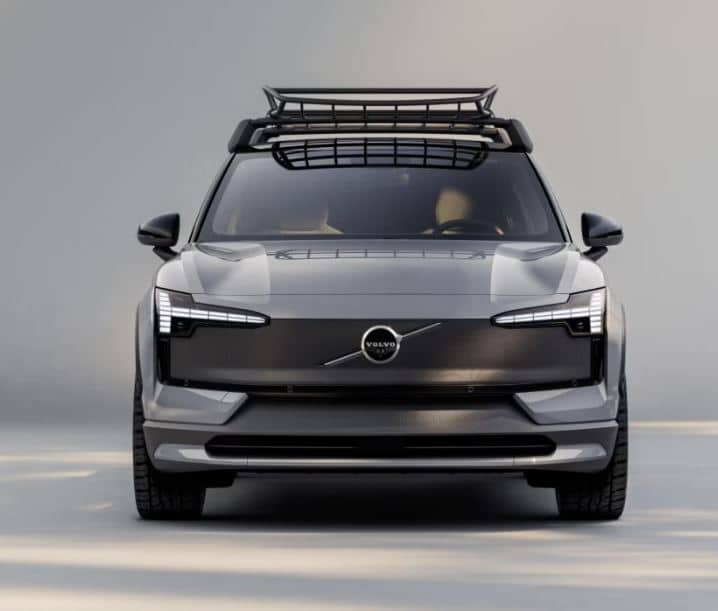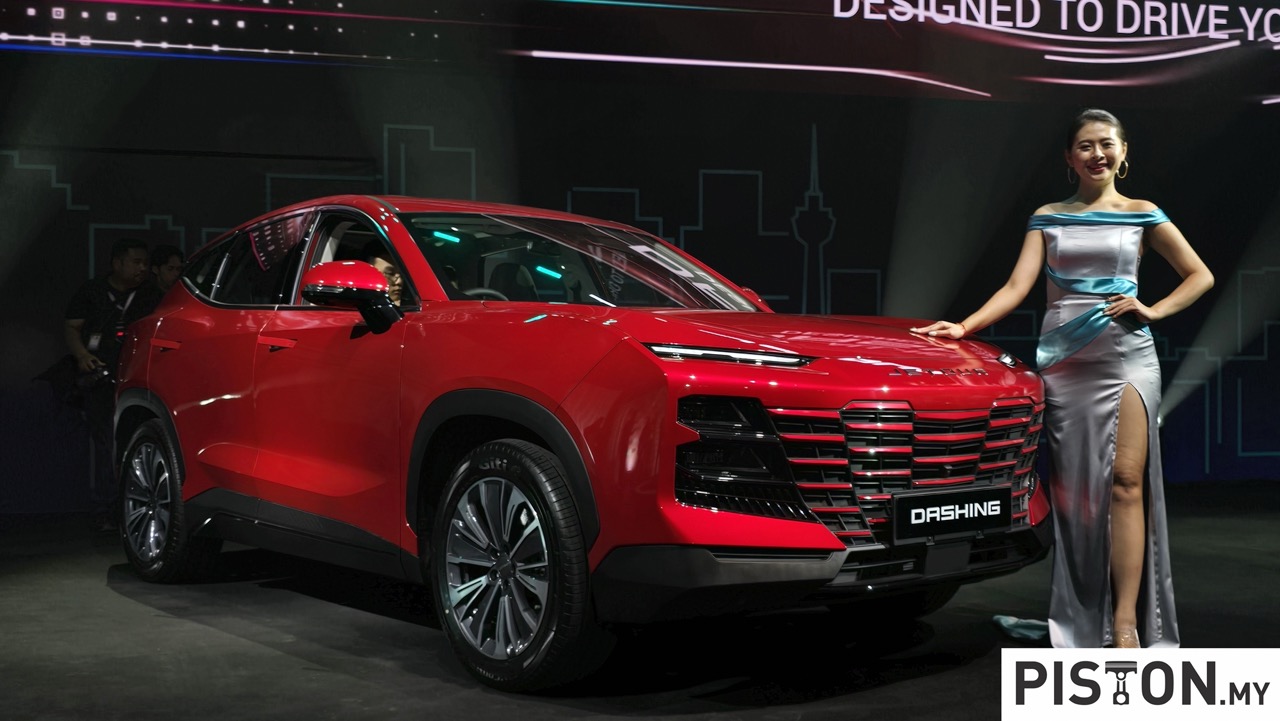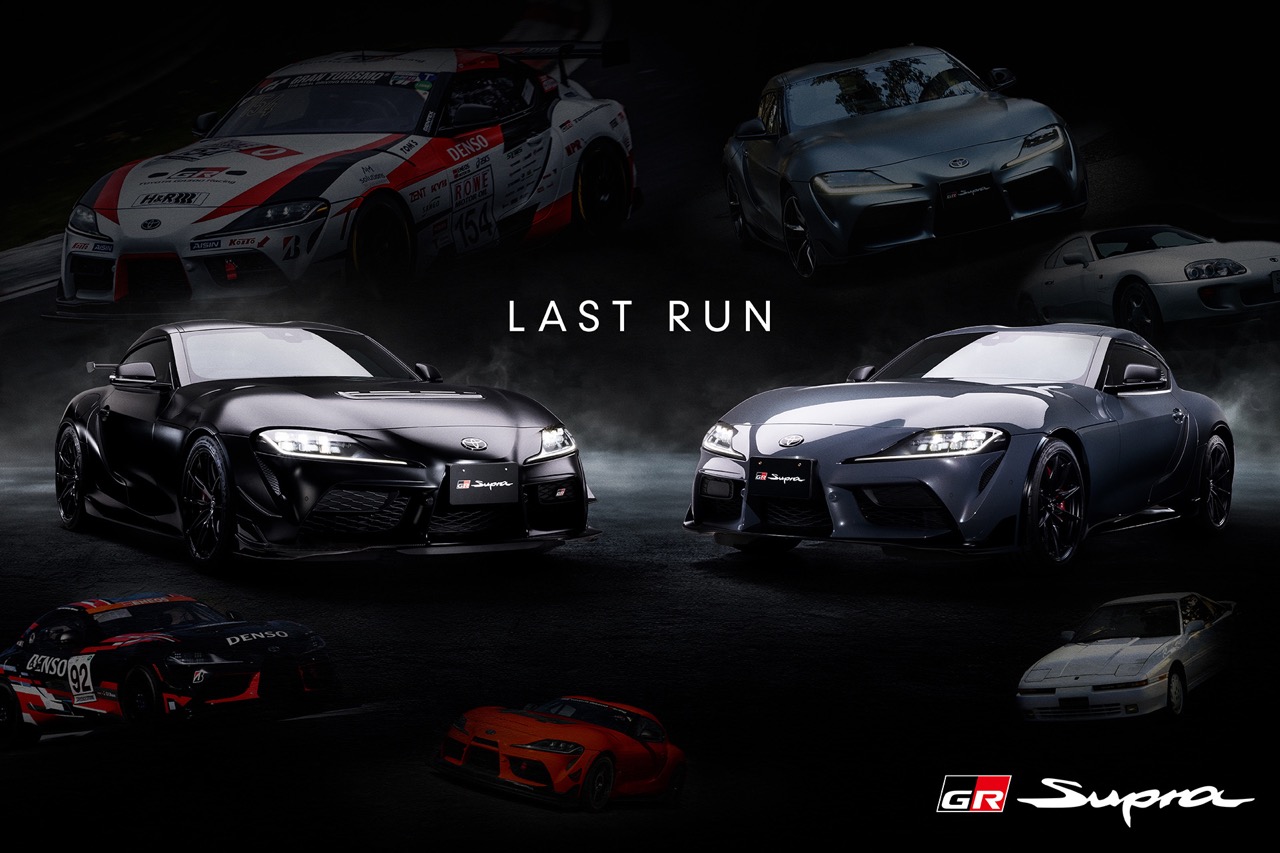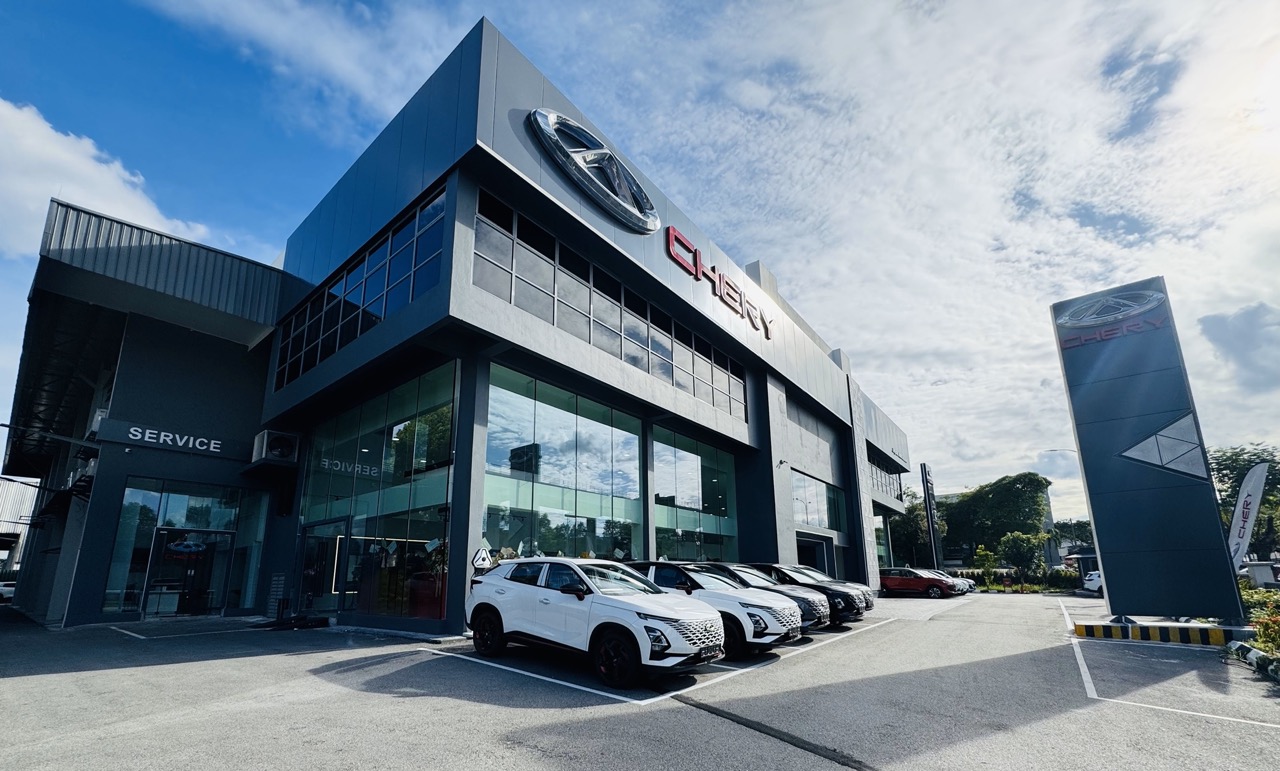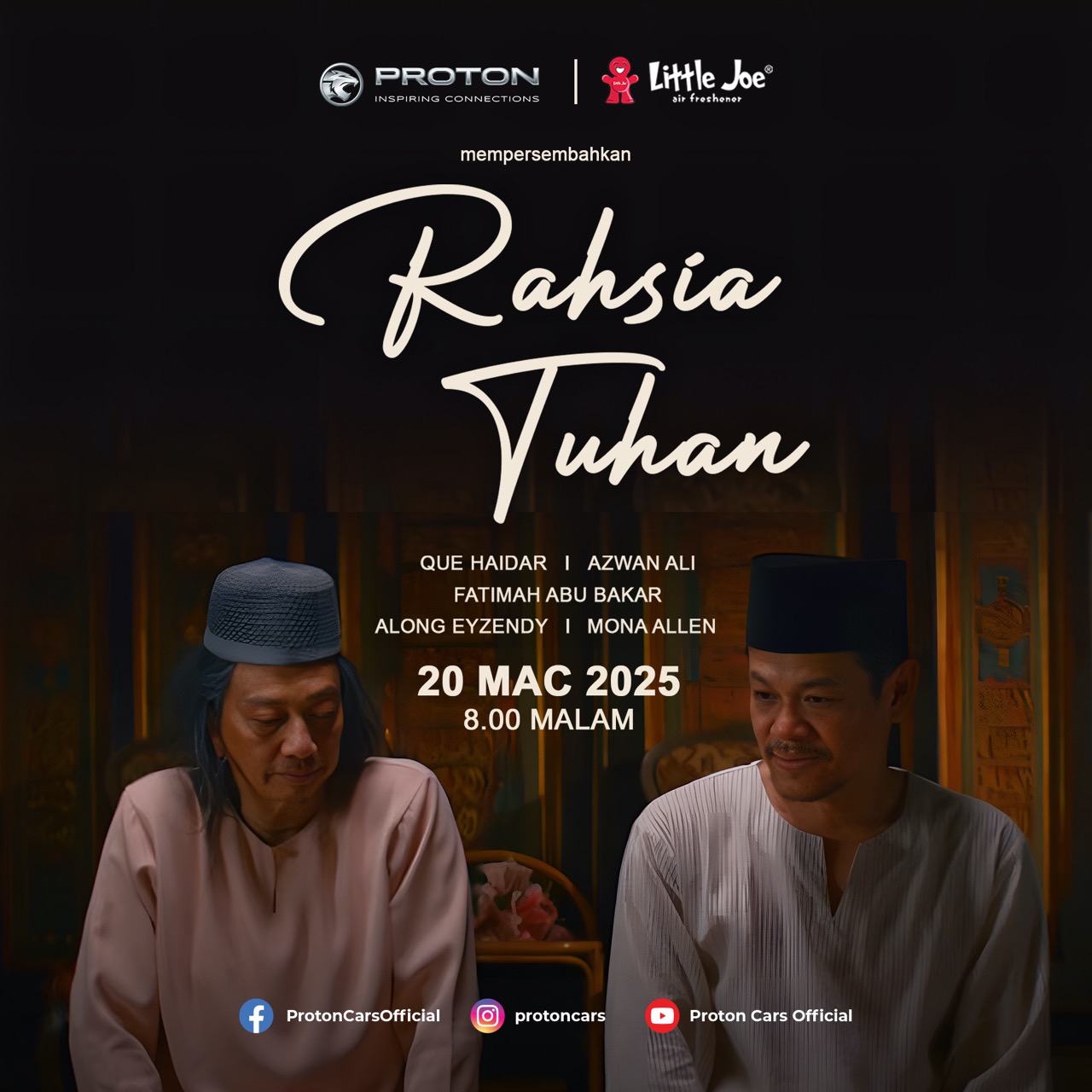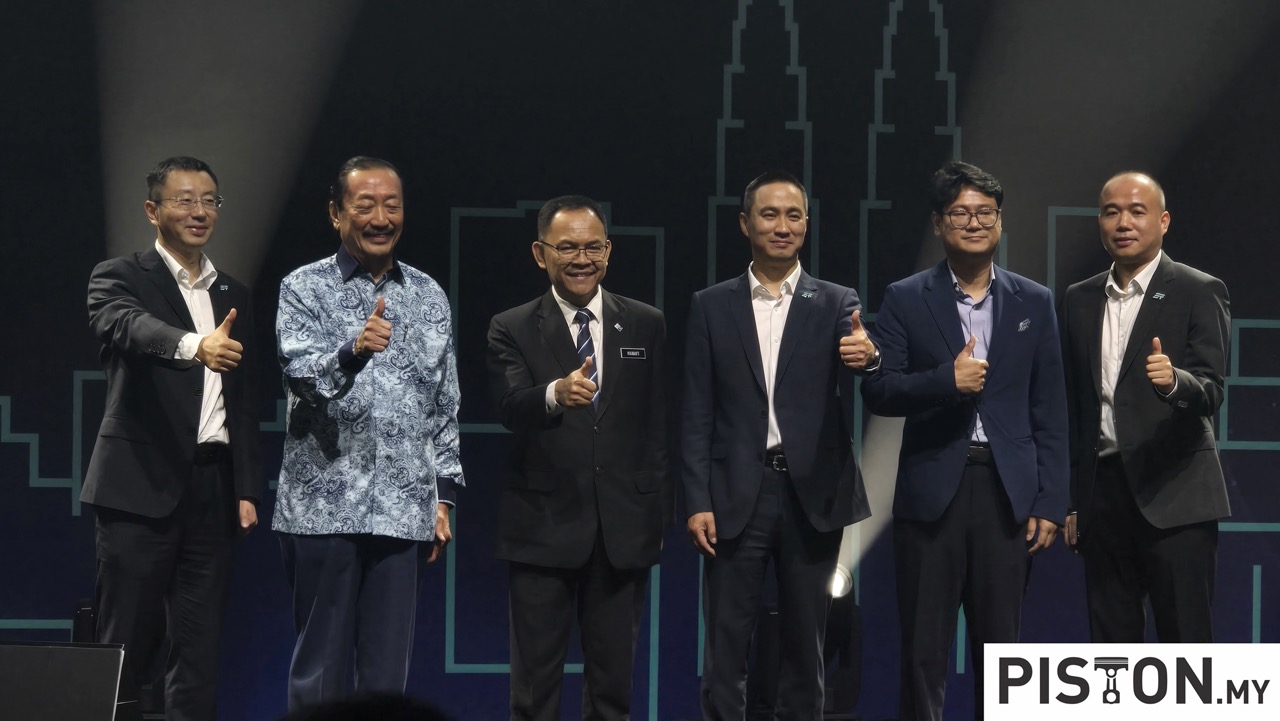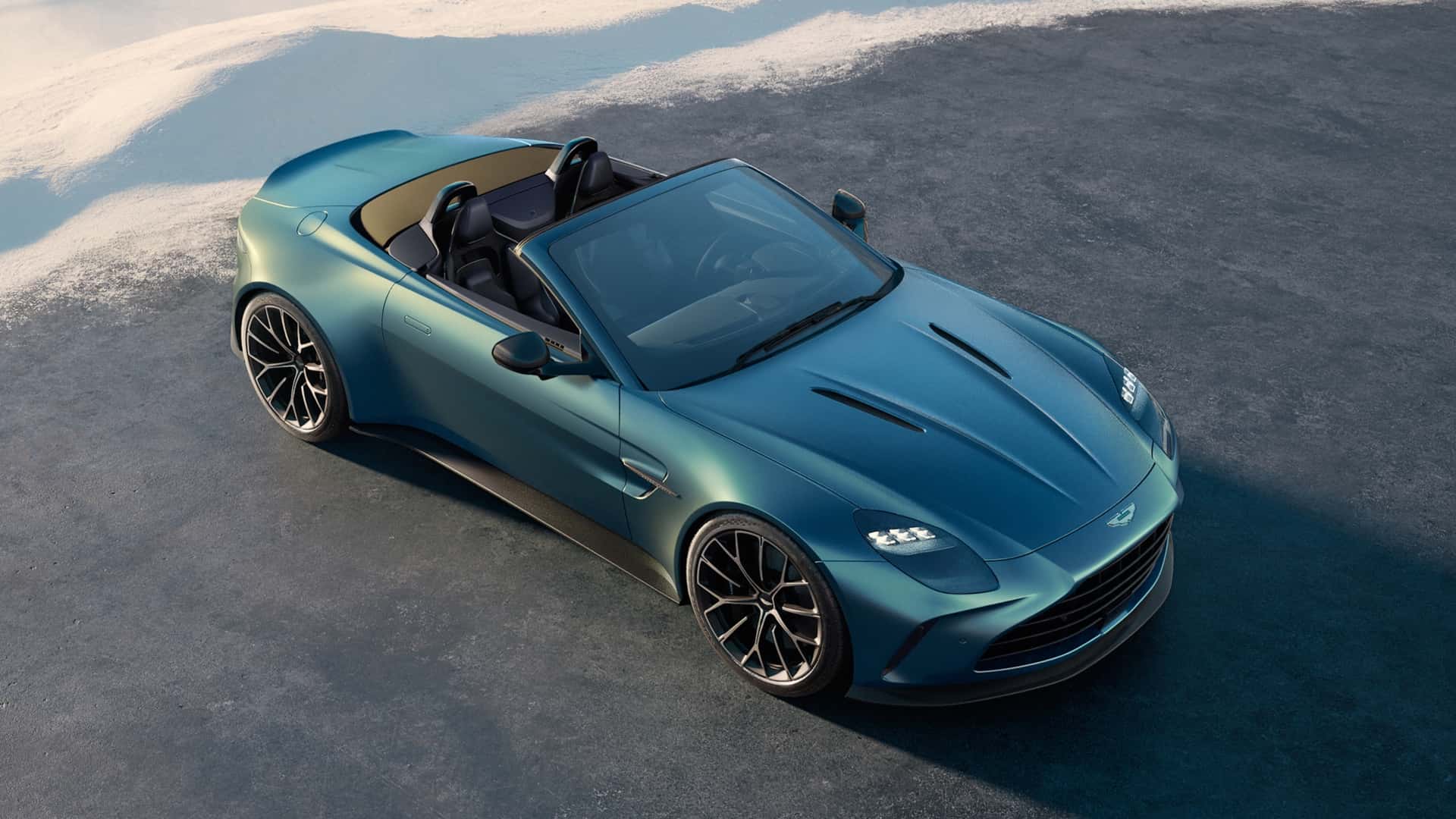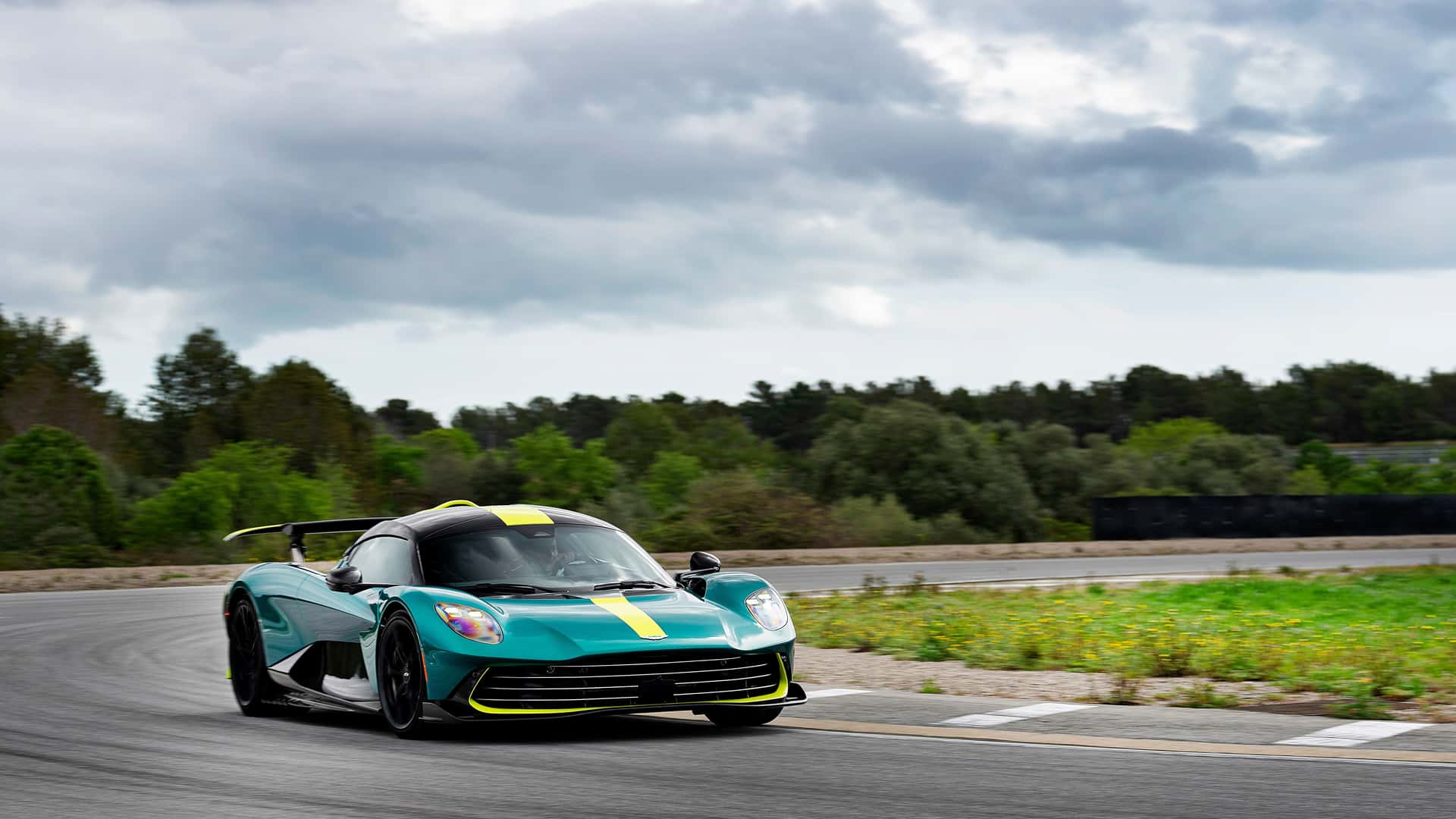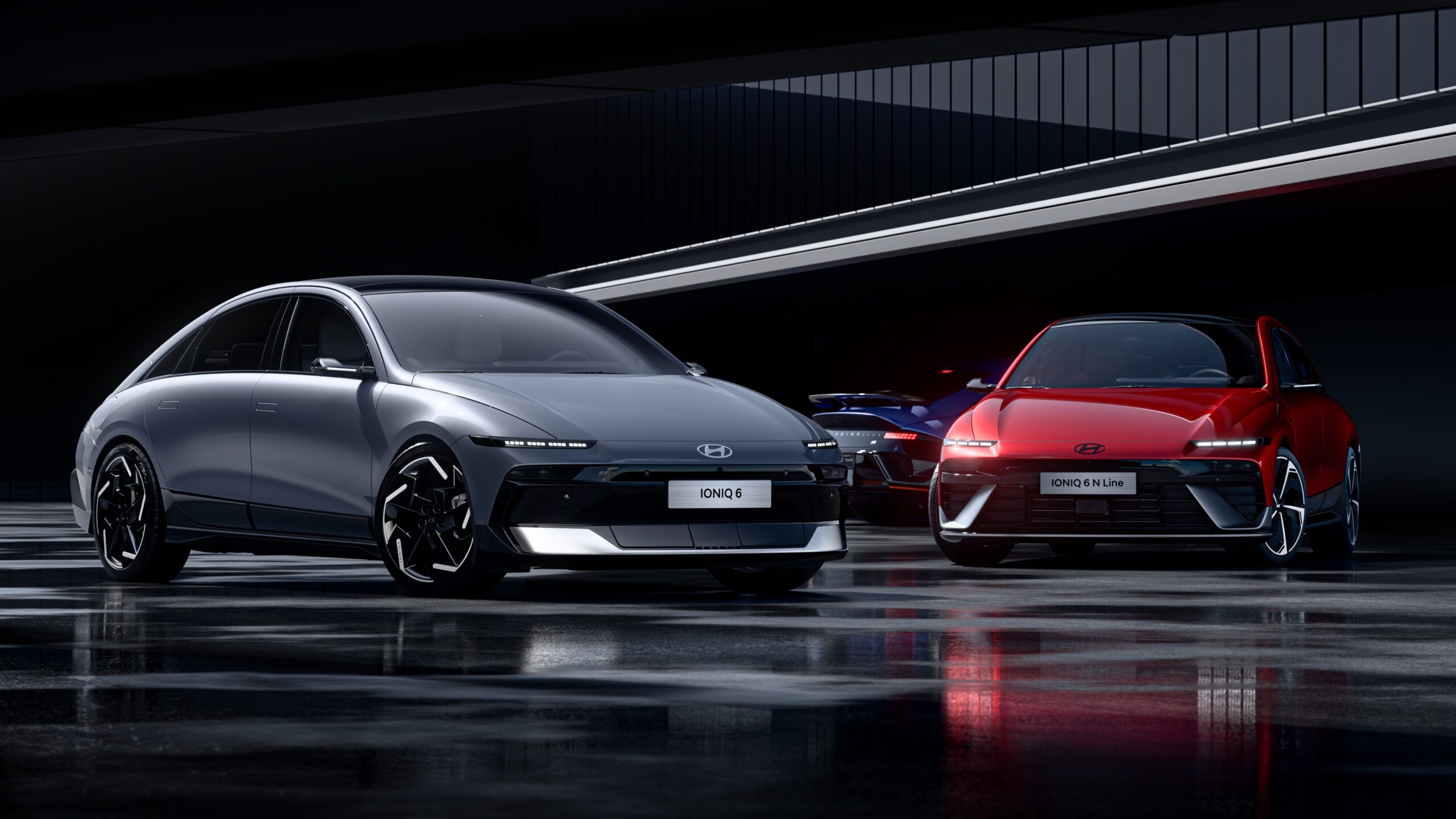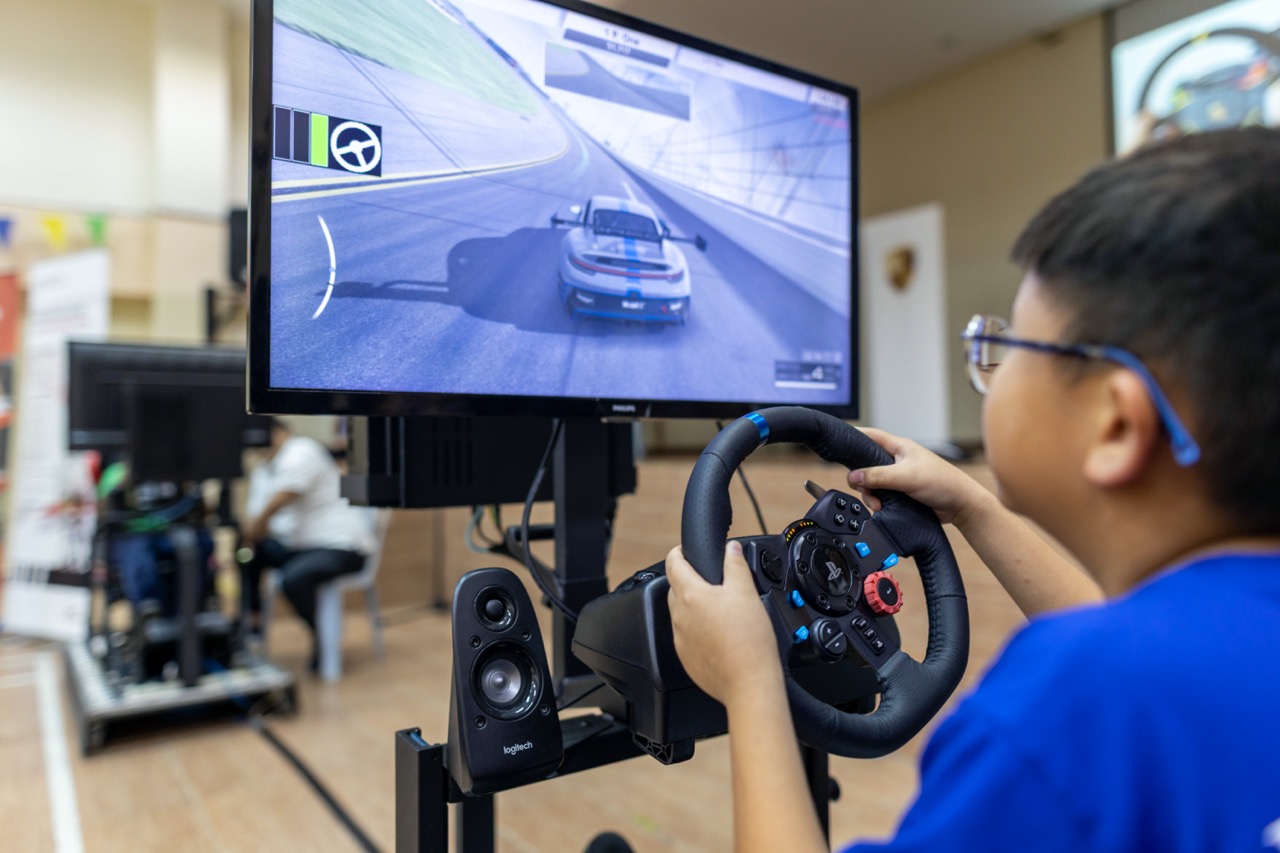On January 1, 2020, the new law on compulsory usage of child restraint systems (CRS) comes into effect. This complements an earlier law requiring all occupants in the vehicle to use the seatbelts and now, small children who cannot use such restraint systems must be placed in childseats.
There are grumbles about the cost of getting childseats, especially for those with many children – not uncommon in Malaysia. The government is looking into solutions for such cases but stands by its position that the law will still be implemented even though it may be an unpopular move. The benefits in reducing deaths is significant enough that the government is willing to ‘take the heat’.
Installation of childseats should be in the rear; placing them at the front passenger’s seat should be only be done if really necessary. And apart from ensuring that they are installed securely (the ISOFIX points in most modern vehicles ensure this), having them facing rearwards is better.
Fact: small children highly vulnerable in car accidents
To understand why the rearward-facing position is better, we need to look back at the history of childseats. For a long time, it had been observed by automobile safety researchers that small children were highly vulnerable in car accidents. Although 3-point seatbelts were available, they were not suitable because of the smaller size of children.
In 1964, using the same idea that protected astronauts from the effects of the tremendous g-forces experienced during a rocket’s lift-off into space, Professor Bertil Aldman in Sweden designed a rearward-facing childseat.
The purpose of this seat was to distribute the forces of a frontal collision over a large part of the child’s body, ie the entire back, neck and head, and also to provide support to the spine during the course of an accident.
The way the seat was constructed and installed was particularly important for small children as a conventional forward-facing restraint system would not provide sufficient support to the child’s unproportionally large head and a neck that was still fairly weak compared to an adult’s.
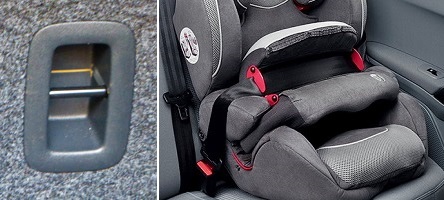
Strict regulations
By the end of the 1960s, the first rearward-facing child seat became available and was intended for children between 9 months and 4 years old. In 1973, new regulations were introduced in Sweden pertaining to the approval of CRS and were so stringent that only those with a rearward-facing design could be approved by the authorities.
Researchers at Volvo began compiling data on the way children (of up to 4 years old) were restrained in cars and there was some evidence of benefits. However, up till the end of the 1970s, awareness of the value of CRS was still not great so statistics were insufficient.
The 1980s, however, seen a rapid rise in childseat usage and virtually all small children travelling in cars in Sweden were properly restrained. Part of the reason for the increased usage by parents was also due to the campaigns to make people aware of the importance of restraint systems for adults and children, something which the authorities in Malaysia have been carrying out.
Improper usage of childseats
Studies have shown that there are two major ways that parents have misused CRS, both of which are dangerous. The child may not be restrained properly or be in a seat that is not the right type for his or her age or worse, the child seat is not mounted correctly, or the child is not restrained in the seat at all.
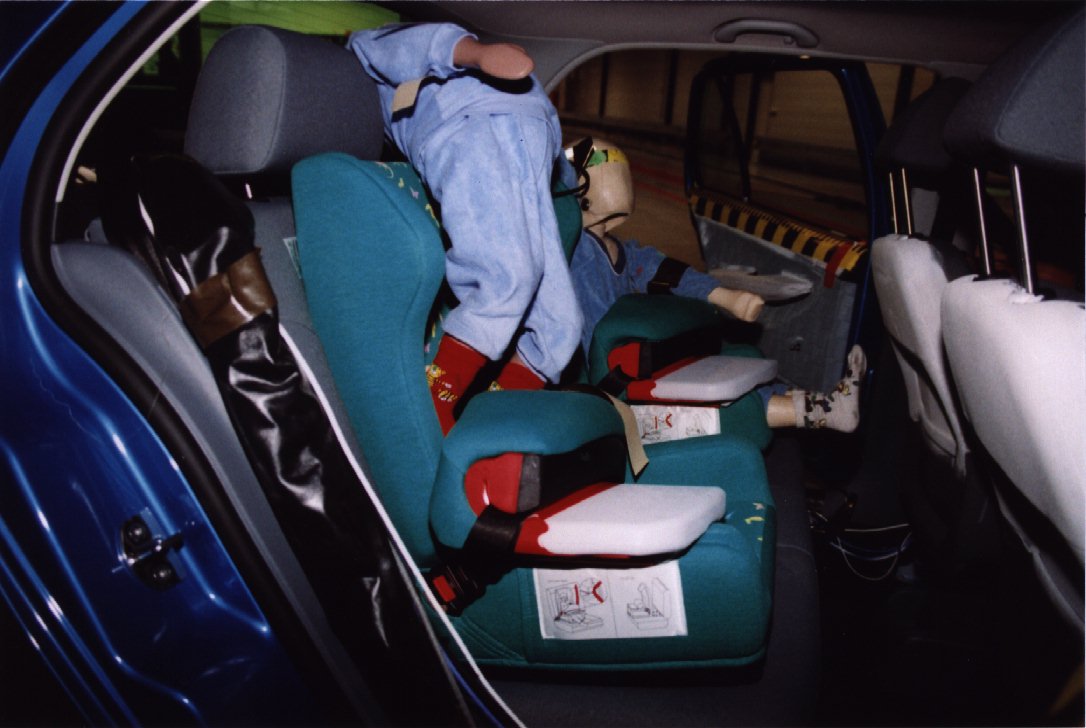
A correctly-used child seat can help to reduce the risk of fatal injuries by approximately 70% but for a partially-misused child seat (eg wrong size), the reduction is approximately 40% only.
From Volvo’s own investigations of thousands of accidents involving its own vehicles with children in them, the most common type of misuse was found to be that the seat was not fitted according to the instructions. In two cases, the child seat was wrongly fitted facing forward and one of these two cases saw the child sustaining fatal head injuries when the roof intruded into the compartment where the child was seated (but it is not clear whether the child was restrained or not).
Various other studies at the time did not provide reliable conclusions regarding the difference in outcomes between rearward-facing childseats but there was a feeling that they were more ‘positive’ than the corresponding number of forward-facing seats. Over time, as more data was collected, it was increasingly obvious that children in rearward-facing childseats have had the lowest risk of injury (from slight to serious injuries).
An examination of the types of injuries sustained showed that only 5% those in rearward-facing child seats had head injuries whereas 18% of the unrestrained children suffered such injuries. In every case, the highest percentage of injuries was experienced by children without any form of restraint. They are also likely to have injuries to their limbs.
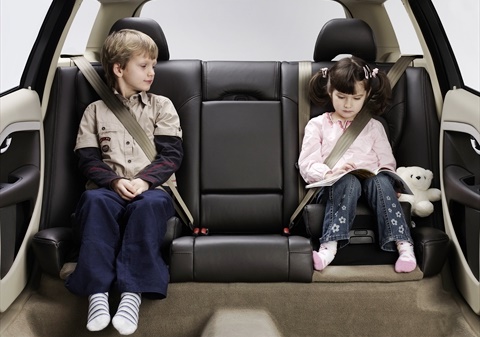
It is interesting to note, however, that those on the booster cushion/seat had relatively high rates of neck and chest injuries, which suggests that the wrong positioning of the seatbelt could have been the cause.
How do the children feel?
In promoting the use of rearward-facing child seats, it is also important to understand how the little users feel. However, the studies undertaken have shown adult attitudes which might not accurately reflect the real experiences of the children.
In one study, observations were made regarding how adults and children travelled. It showed that 66% of all children — but only 25% of all adults — preferred to sit with their backs against the direction of travel. Adults seemed to have a resistance towards travelling backwards so there is a possibility that they may have a misconception regarding the experience of the child.
Various studies suggest that the greatest problem in connection with the use of the childseat is that the child does not like it preventing him or her from moving around, especially during long trips. This is not peculiar to rearward-facing seats as a similar problem, with the same magnitude, would also be the case with forward-facing seats. To overcome this, it is suggested that the child be allowed to see and communicate with others in the car; if the driver is alone, the seat can be installed in the front seat where the child can see another person.
Rearward-facing or forward-facing, investigations of many accidents all over the world have shown the importance of proper CRS in preventing a child from being ejected from the car if it should roll over or tumble down the side of a slope.




